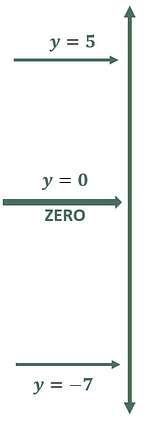Example 1: Intermediate Value Theorem
|
Show that has a zero between and .
|
||
|
Step 1: Confirm that the given equation is continuous on the given x-interval .
Remember you don’t need to show that it is continuous through the entire interval, just state that it is. |
is a polynomial, and is continuous over the x-interval . |
|
|
Step 2: Plug the interval endpoint x-values , , into the given equation to identify your y-value interval.
Here our y-interval would begin at y = -7 and end at y= 5 . |
|
|
|
Step 3: Draw you conclusion based on the Intermediate Value Theorem.
Since we have met the criteria of the intermediate value theorem, we know that we are going to get every y-value between y = -7 and y = 5 . As y = 0 is between those two y-values , we know with absolute certainty at some x-value in between x = -2 and x = 2 we will get y = 0 . |
|
|
|
Final Result: By the Intermediate Value Theorem, we know the function will equal zero at some x-value in the x-interval .
Note: You will notice on these IVT problems that they normally don’t want you to actually find the x-value that would give you the y-value they care about. They just want you to show them that you know for sure it would be there.
Also, notice that this problem would also assure you that you get every y-value between y = -7 and y = 5 . They just happen to care specifically about y = 0 . |
||

